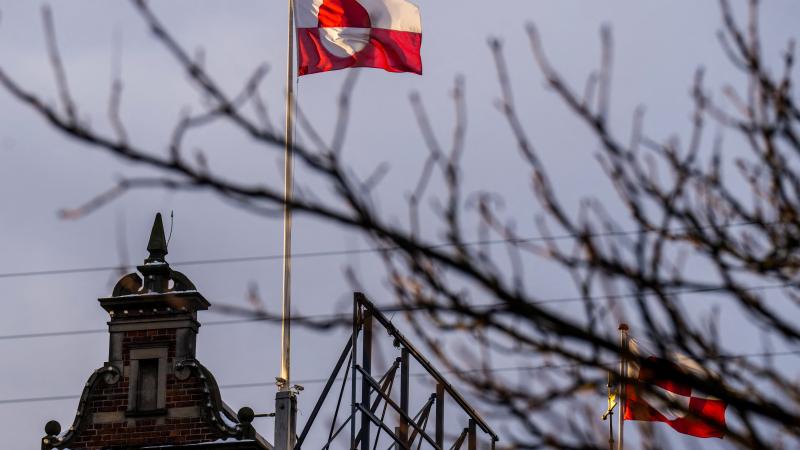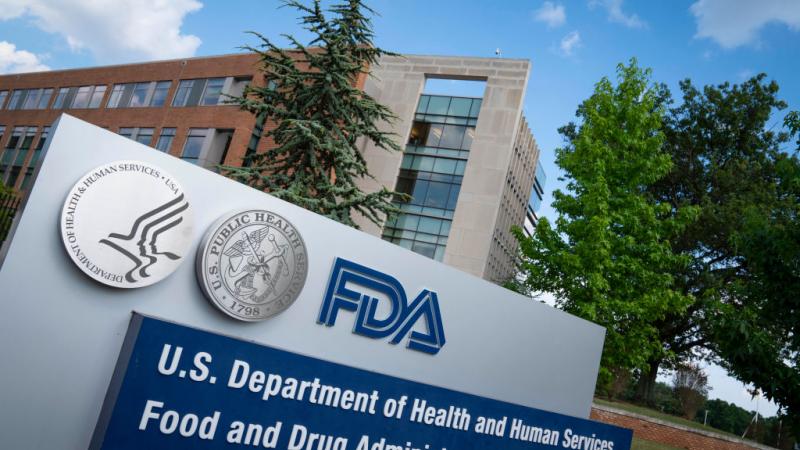California high-speed rail to carry half the passengers at 372% private cost
The Los Angeles to Las Vegas line is projected to take 11.1 million passengers on one-way trips each year.
California governor Gavin Newsom announced two high speed rail projects within the state are receiving a combined $6 billion in federal funding — with half for Brightline, a private project connecting Los Angeles to Las Vegas, and the other half for state-run high speed rail program connecting the Central Valley cities of Merced and Bakersfield. While the 218-mile Brightline project is estimated to cost $12 billion, the 171 mile California High-Speed Rail Authority project will cost at least $35 billion, which means the state high speed rail project will cost 372% more per mile than the Brightline project. Furthermore, the Brightline project is starting by the end of the year and is expected to be completed by the 2028 Los Angeles Olympics, while CAHSR’s first segment broke ground in 2015 and is projected to be completed between 2030 and 2033.
“California is delivering on the first 220-mph, electric high-speed rail project in the nation,” said Newsom in a public statement. “This show of support from the Biden-Harris Administration is a vote of confidence in today’s vision and comes at a critical turning point, providing the project new momentum.”
Brightline already operates the only privately-owned-and-operated intercity passenger railroad in the United States, connecting Miami to Orlando in Florida, with ridership soon rising to three times higher than initial expectations. The Los Angeles to Las Vegas line is projected to take 11.1 million passengers on one-way trips each year.
CAHSR, meanwhile, has reduced its ridership expectations by 25% “due to the lower socio-economic growth forecasts and changed assumptions.” Once complete, the initial segment is projected to carry passengers on 6.61 million million trips per year.
California Democrats have been ardent supporters of the project, arguing that the significant capital investment required to build the system is worth the cost.
“[I]t’s [the] biggest investment in passenger rail since Amtrak's creation. China already has 22,000 miles of high-speed rail, which will double by 2035. Japan has had high-speed rail for nearly 60 years. And now, America will invest in bringing world-class rail across the country, upgrading and expanding Amtrak, investing in new passenger rail improvement, like the California High-Speed Rail Project," said Speaker Emeritus Nancy Pelosi.
The initial $33 billion approved by voters in 2008 to connect Los Angeles to San Francisco has already been eclipsed by the cost of connecting sparsely populated Merced to Bakersfield, leading many to question whether the state, which faces a $68 billion deficit for the 2024-2025 fiscal year, can afford to ever finish the first segment, let alone the 500 mile, $128 billion envisioned system. Even if completed, it will still be cheaper and faster to fly from San Francisco to Los Angeles given that fares are projected to be $86 each way.
“Billions of dollars wasted on the California High-Speed Rail boondoggle that’s decades behind schedule and tens of billions of dollars over what was promised to the voters,” said the California Senate Republican Caucus in a public statement. “Even with a new $3 billion from the federal government, there is no conceivable financial plan to complete the system.”
















